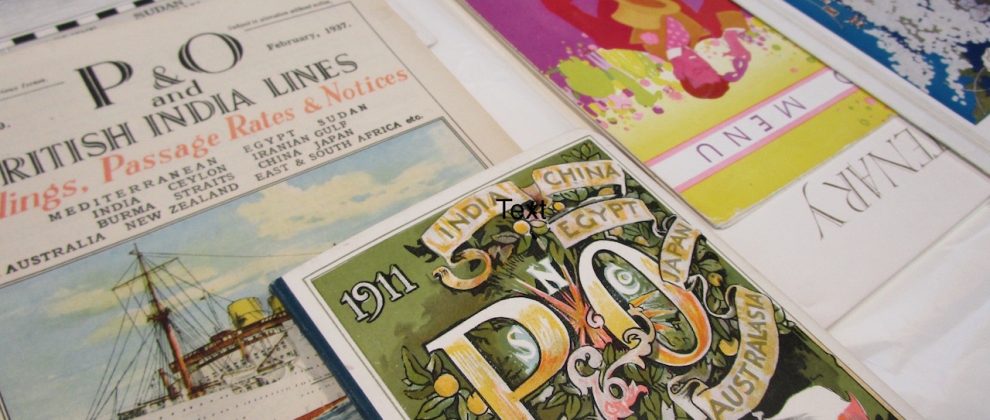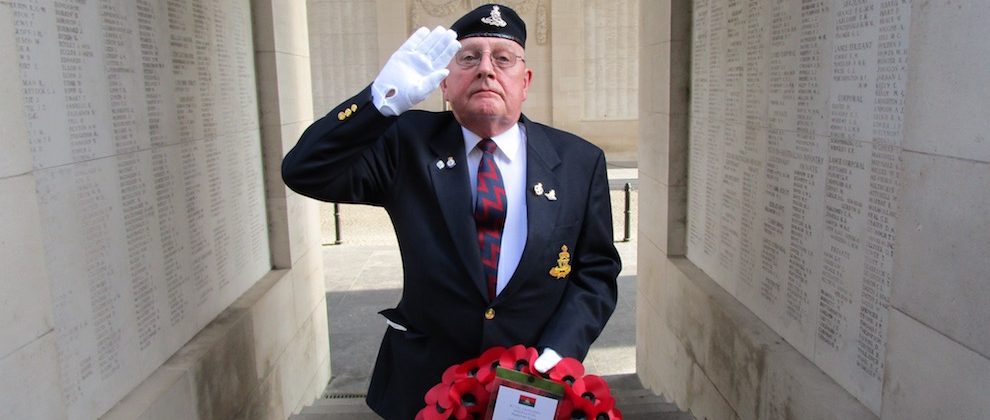 [Photo: National Museums Liverpool]
[Photo: National Museums Liverpool]
- National Museums Liverpool opened its new gallery Life on Board today, an opening delayed from March by Covid-19, as part of a wider re-opening of its museums, including the new Linda McCartney Retrospective exhibition at the Walker Art Gallery. My preview ran today in Telegraph Travel and the below is my original copy filed before lockdown.
I’m standing in front of a little piece of maritime history.
With its miniature sun loungers, palm trees and umbrellas, plus mini-me figurines taking a dip in the pool, the 3.5m replica model of the Arandora Star, the ship torpedoed in 1940 while carrying prisoners of war to Canada, had been in storage for years after wartime bomb damage.
But the 1936 exhibition model of this Blue Star passenger liner has been lovingly conserved over 400 hours of restoration work and now takes centre stage in a new maritime gallery opening in Liverpool later this month.
Life on board, the new permanent gallery at the Merseyside Maritime Museum in Liverpool’s Albert Dock [pictured above], explores the history of travel by sea from the 18th century, via the interwar heyday of the ocean liners as floating palaces, to the current day.
Liverpool was a hub for Transatlantic crossings at the turn of the 20th century with the numerous shipping companies operating out of port city, including White Star Line (later merged with Cunard Line).
The Museum also hosts galleries devoted to the stories of the Lusitania and Liverpool connections to the Titanic story.
The gallery has been over a year in the planning and takes a case-study-led approach to exploring Liverpool’s seafaring heritage, putting human stories at the forefront of the exhibits with text and audio testimonies to illustrate.
Of the 250-odd exhibits, some have been brought out of storage, while a small number are new acquisitions for the opening.
“Our cruise story as a city is rooted in heritage but it also remains an integral part of our living history,” explains Michelle Walsh, the museum’s curator of maritime history and technology.
“We look at the modern revival of interest in cruising by setting it in the heritage context of Liverpool as a cruise port.”
ESSENTIAL EXHIBITS
The exhibition is arranged thematically, as opposed to in chronological order, starting with stories of the Merchant Navy before moving onto the Lines and Leisure section, which shines a spotlight on the golden age of cruise of leisure travel.
It was during the 1920s that the introduction of Tourist Third Cabin Class opened up cruise travel to a wider audience, making the voyage on board an integral part of the overall journey.
The era also saw architects and artists employed by shipping companies to remodel the liners with fashionable Art Deco stylings.
Interspersed amongst the exhibits are some hands-on interpretation for families with younger children, such as learning how to tie a reef knot, and getting your own temporary tattoo as a means to explain the superstitions behind the artwork favoured by sailors.
The gallery also incorporates the museum’s Archives Centre, featuring National Museums Liverpool’s vast collection of maritime and slavery records.
“Liverpool has always been a very outward-looking city, gazing out to the horizon,” says Michelle, who spent her own honeymoon on an Alaska cruise with Norwegian Cruise Line (NCL).
“I believe this outward mentality is a reflection of our rich maritime heritage as a city.”
Key exhibits in the gallery include a series of on-board outfits worn by passenger Gertrude Walker, left to the museum by surviving family on Merseyside, to reflect the experience of women travelling by sea in the early 20th century.
Gertrude’s diary recorded the daily routine of first-class travel on the transatlantic ships. Meanwhile, a set of decorative glass panels from the Cabin (first) Class Dining Room of the Mauretania II, marked with signs of the zodiac, highlight the Art Deco influence on design rom the era.
One of Michelle’s favourite exhibits, however, is an architectural design model of the lime-green mid-ship lobby, or the ‘rotunda’, aboard the QE2, which illustrates how ship design evolved with the swinging Sixties.
Built on the Clyde, the QE2 made her maiden voyage from Southampton to New York on May 2, 1969.
“With so many items in storage, including over 2,000 ship models, it has been very hard to make the final selection,” explains Michelle as we admire an 1917 events programme from the RMS Orduna, which lists on-board activities, such as a potato race for ladies and cock fighting for men.
“Once you start delving, there are so many important stories to tell.”
FUTURE GROWTH
Today Liverpool’s cruise industry is again booming with plans for a new Liverpool Cruise Terminal scheduled to open in 2022/3, handling up to 3,600 passengers per ship visit.
With the gallery open, those passengers will be able to disembark near Liverpool’s Three Graces, incorporating the landmark Liver Building, and stroll along the waterfront to the museum to visit the new gallery.”
“As a teenager in Eighties Liverpool, the dock was all silted up and the cruise traffic had long since drifted away to Southampton,” says Michelle.
“But the return of the big ships has rekindled a huge sense of pride in our cruise history.”
Large numbers of people now flock to the quayside to welcome visiting ships in port.”
“As curators, we’re always there, too,” she laughs. “Basically, we’re all just massive ship geeks.”
More info here.
- Liked this? Try also How a Liverpool children’s home inspired a Beatles classic.
- Sign up to my newsletter for more about forthcoming articles, tours and writing workshops.


